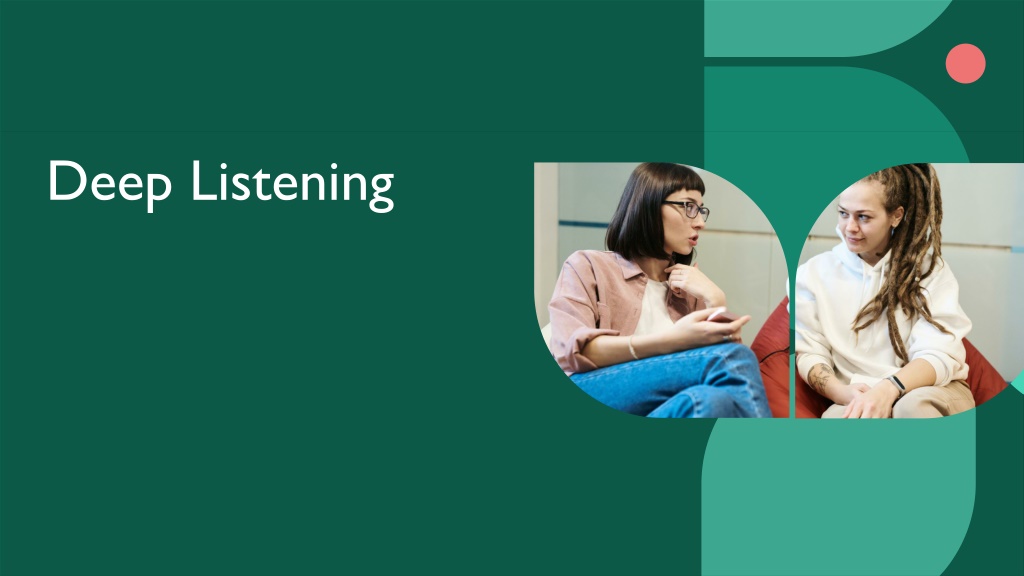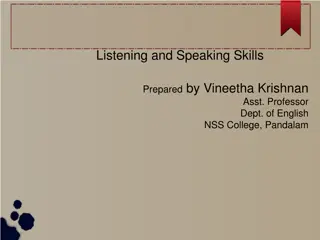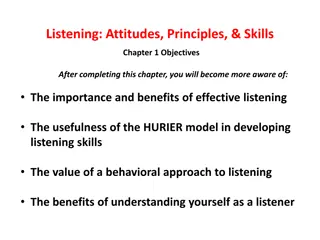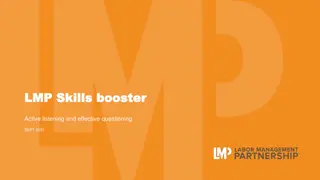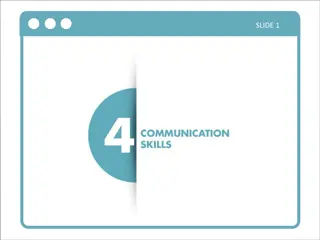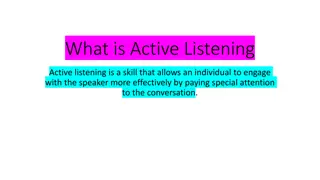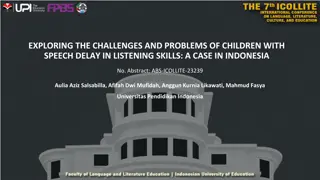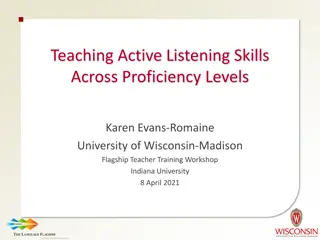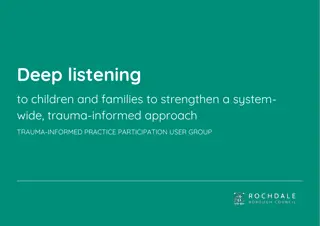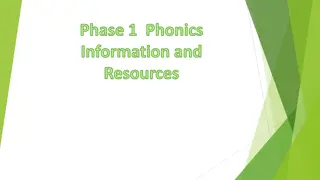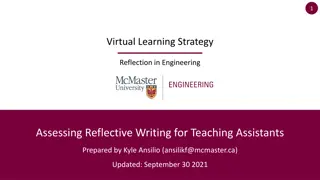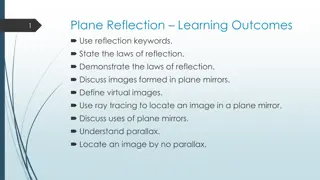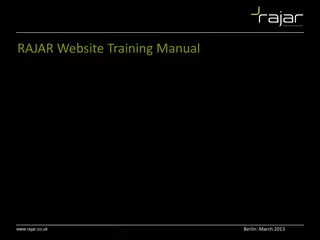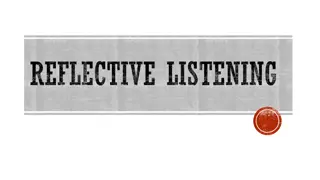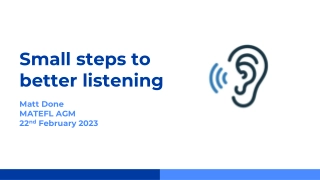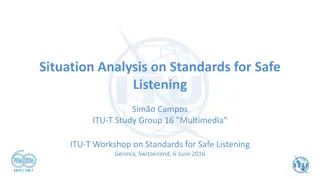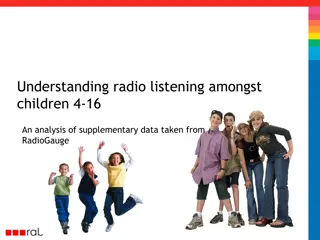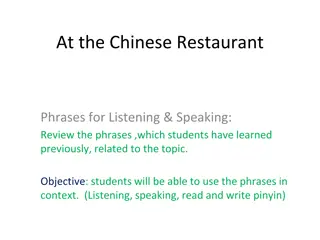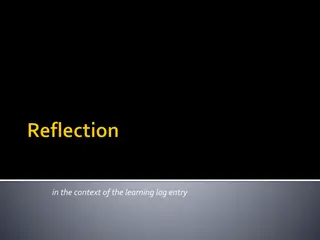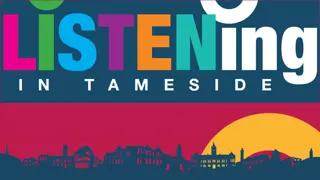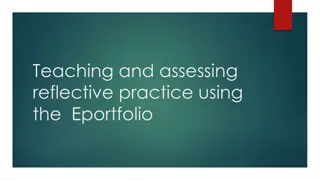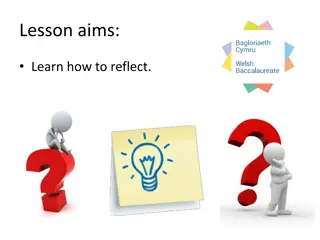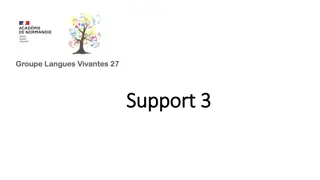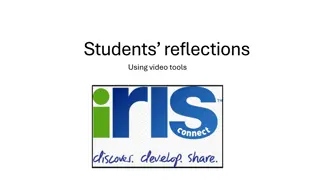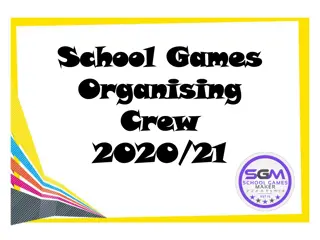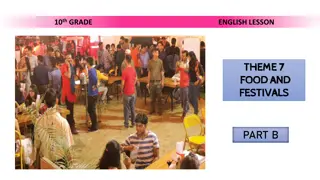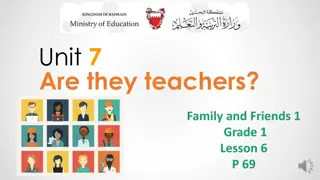Engaging Activities for Deep Listening and Reflection
Explore a series of interactive icebreaker and main activities designed to enhance deep listening skills among learners. From sharing stories about names to amusing body part anecdotes, these engaging exercises encourage active participation and attentiveness while fostering a sense of connection among participants.
Download Presentation

Please find below an Image/Link to download the presentation.
The content on the website is provided AS IS for your information and personal use only. It may not be sold, licensed, or shared on other websites without obtaining consent from the author. Download presentation by click this link. If you encounter any issues during the download, it is possible that the publisher has removed the file from their server.
E N D
Presentation Transcript
Ice Breaker Activities
Ice Breaker #1: Tell the story of your name The learners will talk about their name in any way they are comfortable- they could talk freely about the meaning, pronunciation, and/or the letters of their name, or the reason that name were chosen for them or any other aspects. After each storytelling, one of the group members will reiterate/re-tell the story they heard. Afterward, the person who shared their story will reflect on how deep the listeners listened to the story. All group members should participate.
Ice Breaker #2: Listen and Draw Instruction Learners will be divided into pairs. One of the partners will explain an object s appearance without saying what the object is or what it is used for. It also cannot be compared to other similar objects during the explanation. The other partner will attempt to draw the object based off the first partner s explanation. Afterwards, the partner that was explaining the object will reveal what object they were thinking of, and they can compare how accurate the drawing is. The pair will repeat the activity, switching places.
Ice Breaker #3: YES, and funny fact Instruction Learners form a group. One person shares a funny fact like: it s impossible to lick your neck . Then the next learner says yes and adds a funny fact that complements the previous person s funny fact. They will keep doing it until everybody have participated and they have had fun enough.
Main Activities Deep Listening
Activity #1:Tell a story about a part of your body! Instruction Each learner tells a story about a part of their body (e.g., What does the scar on your forehead want to tell?). Preferably, the story better to be light and funny. After each storytelling, one of the group members will reiterate the story they heard by replacing other thing about one part of their own body (e.g., replacing a broken finger with the scar on forehead). Afterward, the person who shared their story will reflect on how actively the listeners listened to their story.
Reflection Questions for Learners #1 - How did your story relate to some of the other stories shared? - Which details about the stories were the easiest to miss? Were there any stories that were easier to remember than others? - How did the story affect your perception of the person sharing the story compared to how you perceived them before? - What would you do if you are asked to re-tell a story which is in another language that you are not very fluent?
Activity #2: Breaking the Silence Instruction Learners close their eyes and make a single sound/noise in the silence moments of others. They try not to make sounds at the same time (no two sounds simultaneously) while they try to break any moments of silence. Then they do the activity with open eyes. At the end, they compare the two ways of doing the activity and reflect on.
Reflection Questions for Learners #2 - Which details about the stories were the easiest to miss? Were there any stories that were easier to remember than others? - How did it feel to know that you would have to retell the story? Did you listen more carefully than you otherwise would? - What would you do if you are asked to re-tell a story which is in another language that you are not very familiar with? - How did the story affect your perception of the person sharing the story compared to how you perceived them before? - Were you tempted to open your eyes when doing this activity with closed eyes and vice versa?
Activity #3: Interrupted improvise storytelling Instruction Learners make a group of three. Then they determine three different roles for each member- learner A tells improvisational story, learner B draws based on the heard story, and learner C interrupts the storyteller by saying irrelevant words while trying not to listen to the story but observing the drawing. The storyteller keeps telling the story by using the given new word. Considering a direction (e.g., clockwise) they switch their roles every 30 seconds for 6 minutes.
Reflection Questions for Learners #3 - How was each different role in terms of deep listening and/or active observation? Were there some that required less attention than others? - Which role was most appealing to you? Why? - What's the key to keep this loop working smoothly?
Activity #4: Client and Engineer Interview Instruction Two learners make pair as client and interviewer. The client thinks a minute and then represents a problem in one sentence. Asking questions, the interviewer tries to explore the client s problem. Other observants/audiences try to create better options for questioning the client after or during (if possible) observing the interview. Then the interviewer and the client switch their role.
Reflection Questions for Learners #4 - How would you reflect on your experience before and after the tips? - How did you experience in different roles- client vs interviewer? - What is a better time for creating better questions, after or during the activity? Why?
